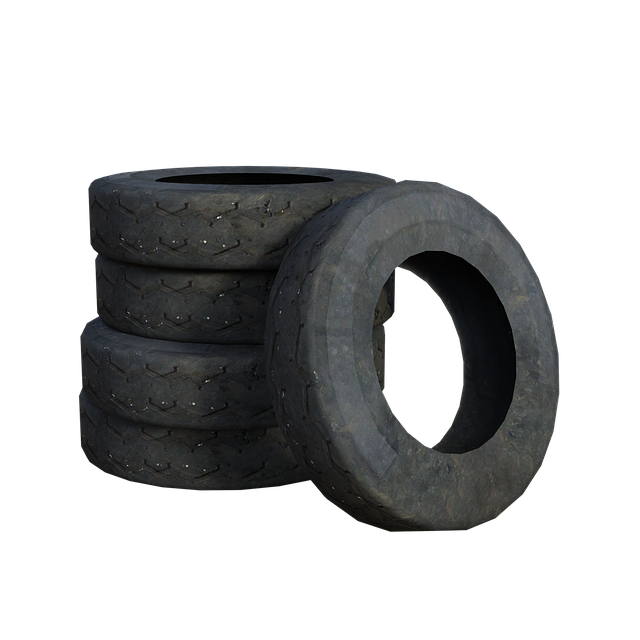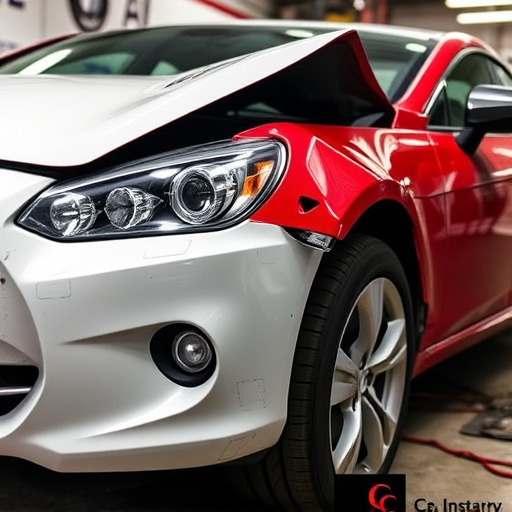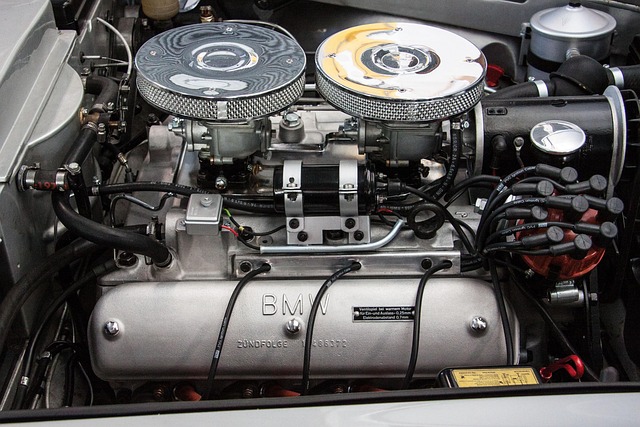The automotive industry is transitioning towards recycled parts collision repair to meet growing consumer demand for environmentally friendly solutions without sacrificing quality or safety. This practice significantly reduces the need for new manufacturing processes, thereby minimizing resource extraction, energy consumption, and waste generation. By utilizing recycled materials for auto body restoration, from minor fender repairs to complex structural work, this approach offers cost-effective repairs while promoting sustainability. The growing adoption of recycled parts collision repair presents a win-win scenario, offering economic benefits and reducing the environmental footprint, contributing to both a greener planet and industry advancement.
In today’s eco-conscious era, the automotive industry is undergoing a quiet revolution. Recycled parts collision repair is emerging as a sustainable solution for modern vehicles, addressing both economic and environmental concerns. As the world grapples with mounting waste and climate change, the automotive sector plays a pivotal role in fostering sustainability. This article explores why embracing recycled parts for collision repair matters more than ever before, delving into its environmental advantages, technological advancements, and far-reaching economic benefits.
- The Growing Importance of Sustainable Auto Repair
- – Discussion on environmental concerns and the automotive industry's role in addressing them.
- – Benefits of using recycled parts for collision repair: cost-effectiveness, availability, and reduced environmental impact.
The Growing Importance of Sustainable Auto Repair

In today’s world, where environmental consciousness is on the rise, the automotive industry is undergoing a significant transformation. The traditional notion of auto repair and replacement parts is evolving to accommodate sustainable practices, particularly in the realm of recycled parts collision repair. As consumers become more eco-aware, there is an increasing demand for environmentally friendly solutions without compromising quality or safety. This shift towards sustainability isn’t just a trend; it’s a necessary step to reduce the industry’s carbon footprint and preserve natural resources.
At the forefront of this movement are auto collision centers that specialize in using recycled parts for vehicle body repair. By incorporating these repurposed components, centers can significantly decrease the need for new manufacturing processes, which often rely on extensive resource extraction and energy-intensive operations. This approach not only minimizes waste but also offers cost-effective solutions for vehicle owners while ensuring that their repairs are kind to the planet. As a result, vehicle bodywork restoration takes on a new dimension, combining traditional skills with innovative, eco-conscious methods.
– Discussion on environmental concerns and the automotive industry's role in addressing them.

The automotive industry, a significant contributor to global emissions and resource depletion, is increasingly under scrutiny for its environmental impact. As such, there’s a growing emphasis on sustainable practices across the sector. Recycled parts collision repair emerges as a pivotal strategy in this push towards sustainability. By utilizing recycled materials for auto body restoration, from fender repair to more complex structural components, we can significantly reduce the demand for new raw materials, minimizing the environmental footprint associated with their extraction and processing.
Moreover, embracing recycled parts in collision repair offers economic benefits by potentially lowering costs for both repair shops and vehicle owners. This shift towards eco-friendly practices not only supports a greener planet but also fosters innovation within the industry, encouraging the development of advanced recycling technologies and more efficient auto body restoration techniques.
– Benefits of using recycled parts for collision repair: cost-effectiveness, availability, and reduced environmental impact.

The use of recycled parts in collision repair offers a trifecta of benefits for both consumers and the environment. Financially, these parts are significantly more cost-effective than their new counterparts, making auto repairs more accessible and affordable for everyone. This affordability is especially beneficial for those dealing with unexpected collision damage, as it can help offset the already substantial costs associated with such incidents.
Beyond economic advantages, recycled parts also contribute to a reduced environmental footprint. The process of recycling involves less energy and resources than manufacturing new components from scratch, thereby decreasing greenhouse gas emissions and conserving valuable natural resources. This eco-friendly approach aligns with the growing global emphasis on sustainability, making recycled parts collision repair an increasingly attractive option for environmentally conscious individuals and businesses alike, including those involved in auto glass repair, bumper repair, and even auto painting services.
In conclusion, embracing recycled parts collision repair is not just a sustainable choice; it’s a strategic one. By reducing waste, minimizing environmental impact, and offering cost-efficient solutions, this practice aligns with modern vehicle owners’ growing demand for eco-conscious repairs. As the automotive industry navigates an era of heightened environmental awareness, adopting recycled parts becomes a key strategy to ensure a greener future without compromising on quality or affordability.














